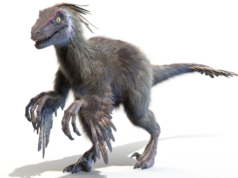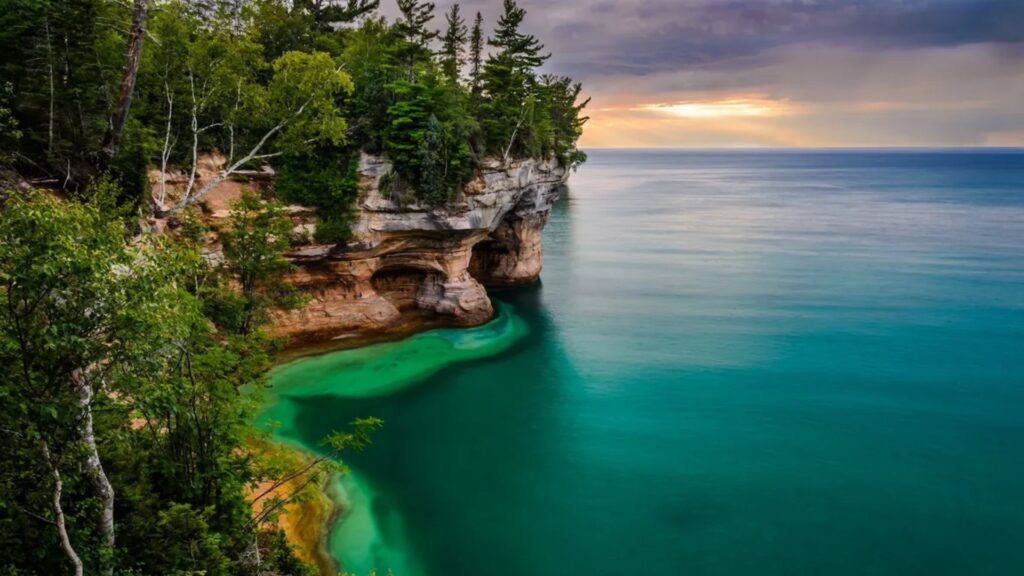
Long before North America existed as we know it, the foundations of the Great Lakes were already being laid by forces deep within the Earth. Scientists have uncovered evidence that an ancient mantle hotspot, now located beneath the Atlantic Ocean, once shaped the region where the Great Lakes would form. This discovery sheds light on the dynamic geological processes that influenced the creation of one of the world’s most significant freshwater systems.
The Ancient Hotspot Beneath Pangaea
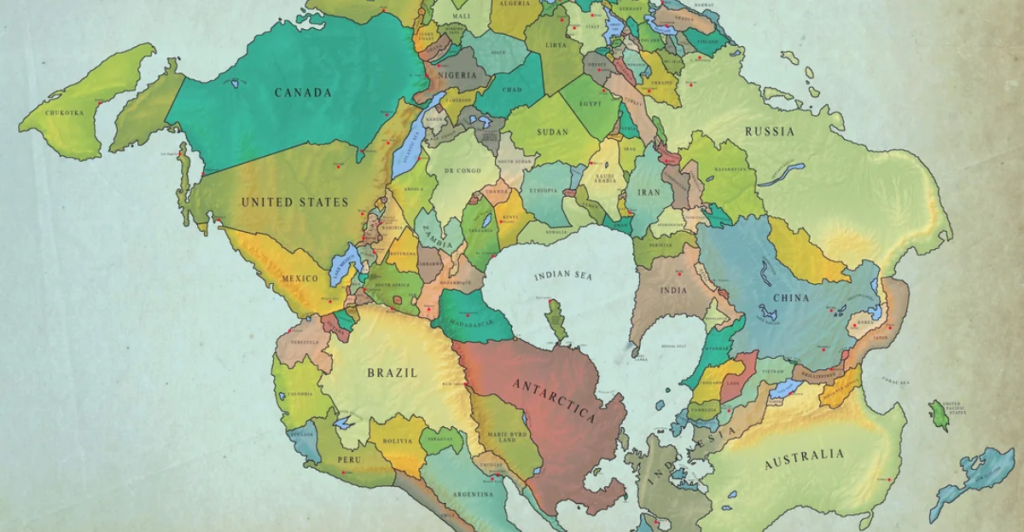
Around 300 million years ago, when the Earth’s continents were joined as the supercontinent Pangaea, a hotspot existed beneath the crust where the Great Lakes are now located. This hotspot, known today as the Cape Verde hotspot, heated and stretched the crust over millions of years, creating a depression in the Earth’s surface.
The Link Between Hotspots and Topography
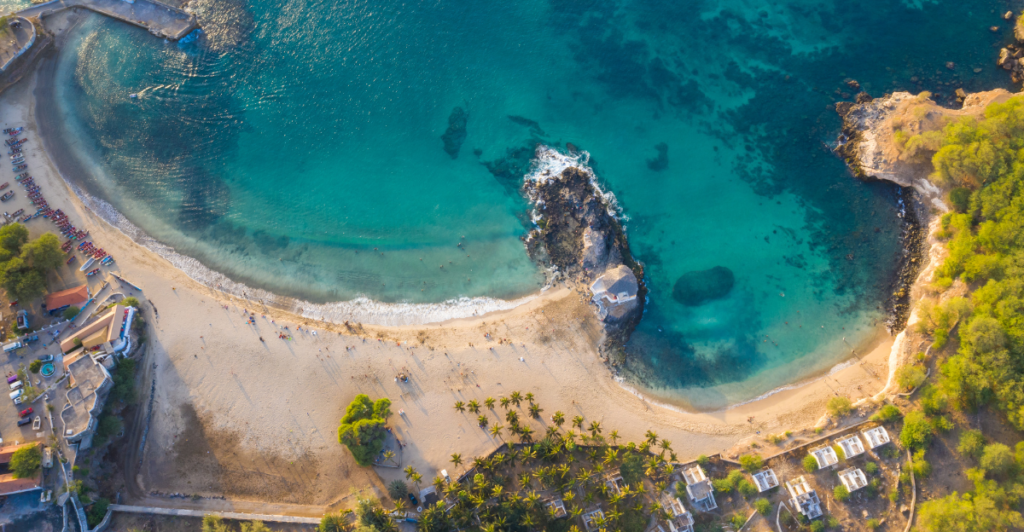
Hotspots are mantle plumes that generate intense heat, affecting the crust above. They often create volcanic islands, such as the Hawaiian Islands. While the Cape Verde hotspot is no longer beneath the Great Lakes, its ancient activity played a key role in shaping the region’s unique topography.
Glaciers Complete the Transformation
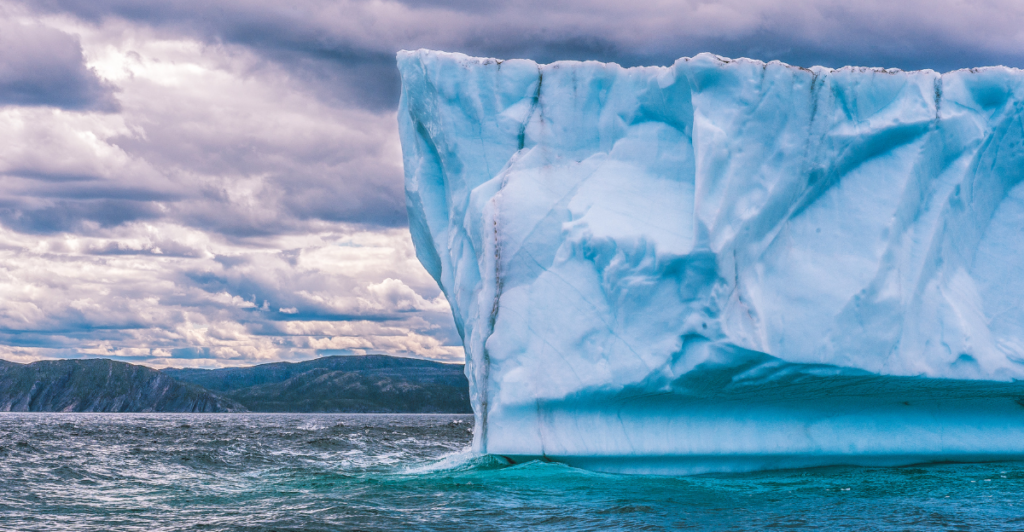
Fast forward to 20,000 years ago: glaciers carved deep valleys into the region’s already depressed terrain. When the ice sheets melted, these valleys filled with water, forming the Great Lakes. Today, these lakes hold 21% of the world’s fresh water.
A Seismic Discovery
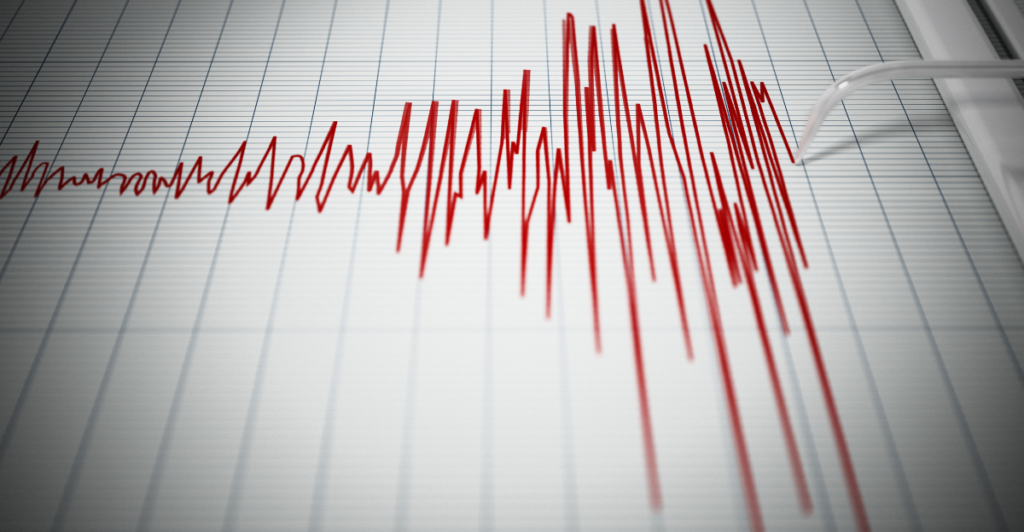
Aibing Li, a seismologist at the University of Houston, and her team discovered unusual seismic activity beneath the Great Lakes. Earthquake waves behaved differently depending on their direction, a phenomenon known as “radial anisotropy.” This anomaly hinted at ancient deformations in the crust.
Reconstructing a Hotspot’s Journey
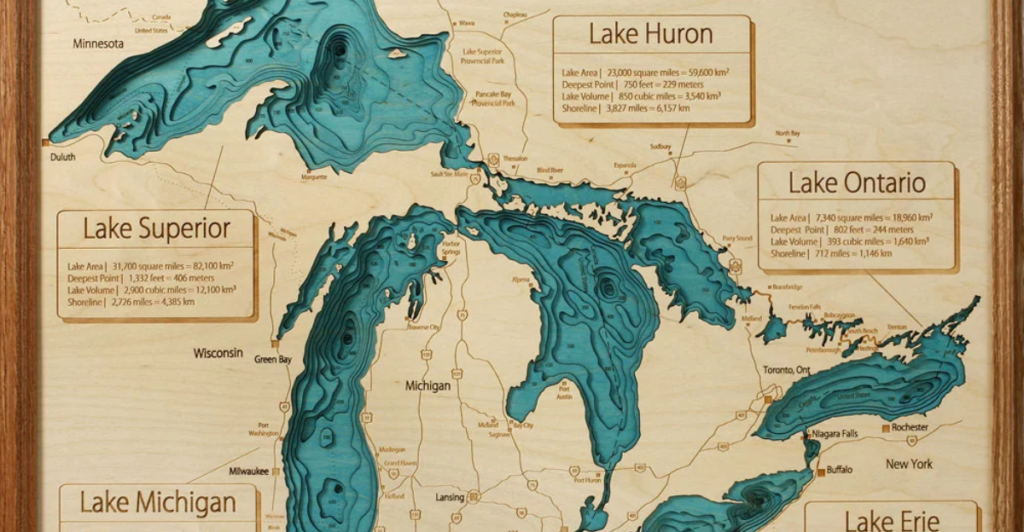
Collaborating with geologist Jonny Wu, Li examined reconstructions of tectonic plate movements. Their analysis revealed that the Cape Verde hotspot, currently under the Atlantic, once traveled beneath the Great Lakes region as the North American plate drifted over it.
Traces of Hotspot Activity
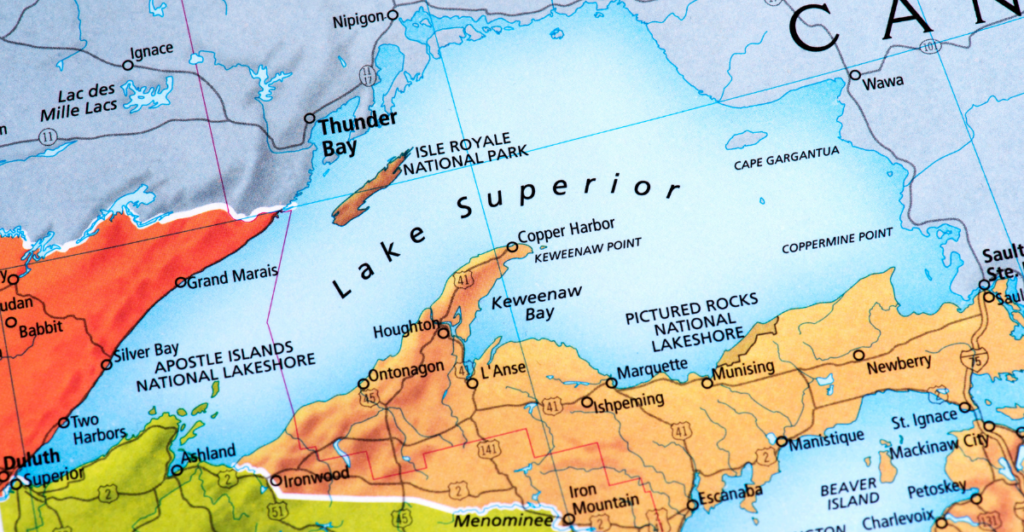
The researchers determined that the hotspot’s path began under Lake Superior about 300 million years ago. Over time, it moved beneath Lakes Huron and Erie, then passed through New York and Maryland before exiting into the Atlantic Ocean roughly 170 million years ago.
Kimberlites and Hotspot Tracks
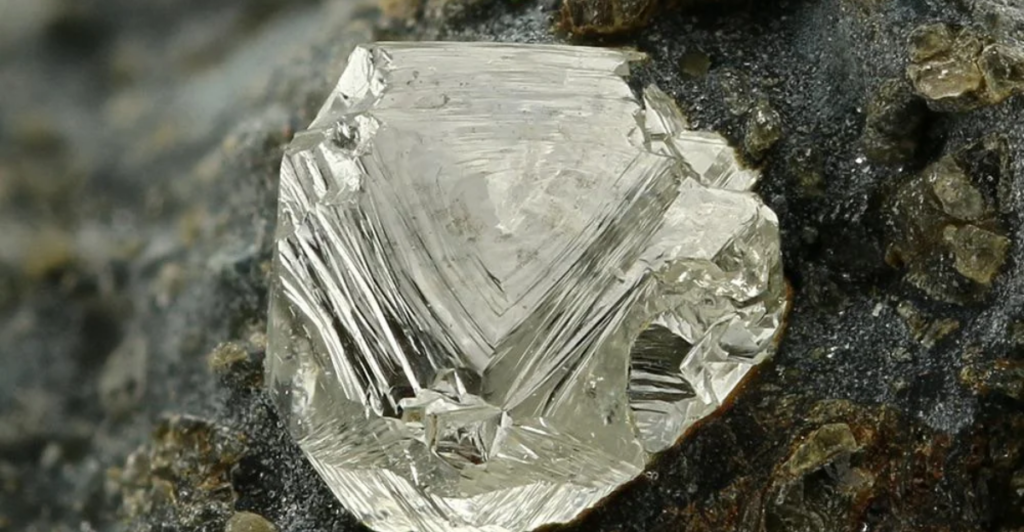
Kimberlites, volcanic rocks formed by rapid eruptions, provide additional evidence of the hotspot’s past presence. These rocks, which can carry diamonds to the surface, trace a line of activity consistent with the Cape Verde hotspot’s historical path.
Other Hotspots in North America
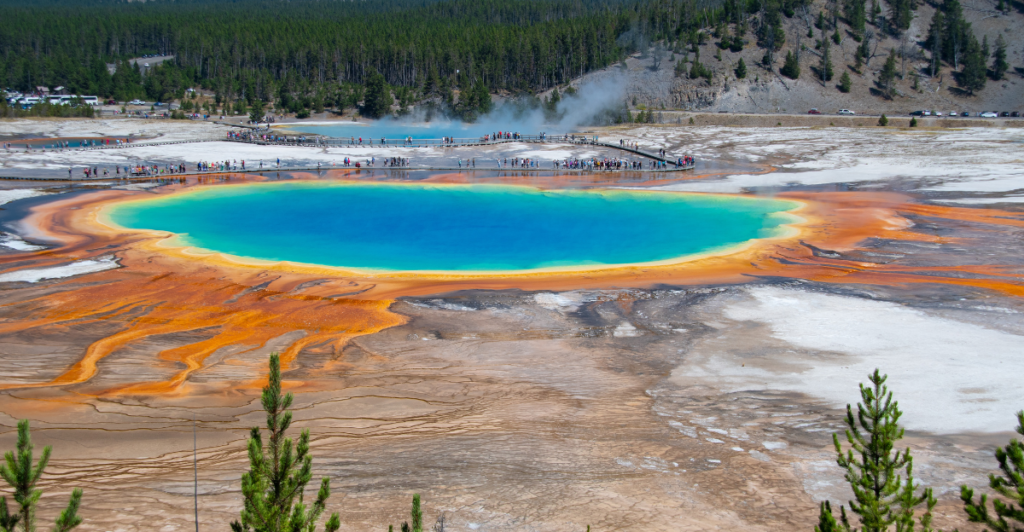
The Cape Verde hotspot isn’t the only one to have influenced North America. The Great Meteor hotspot once passed under Ontario and Quebec before traveling across New England and out to sea. Similarly, the Yellowstone hotspot has left a trail of volcanism across multiple western states.
Connecting Hotspots and Lakes
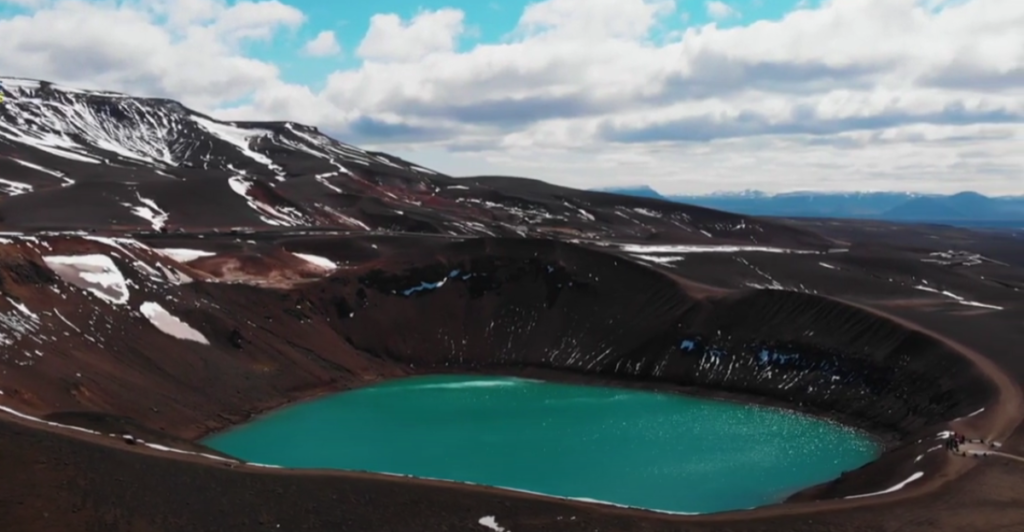
Li and her team are now investigating whether other large inland lakes share a connection with ancient hotspots. The discovery could reveal a broader pattern of how mantle plumes influence continental topography.
Implications for Earth’s History
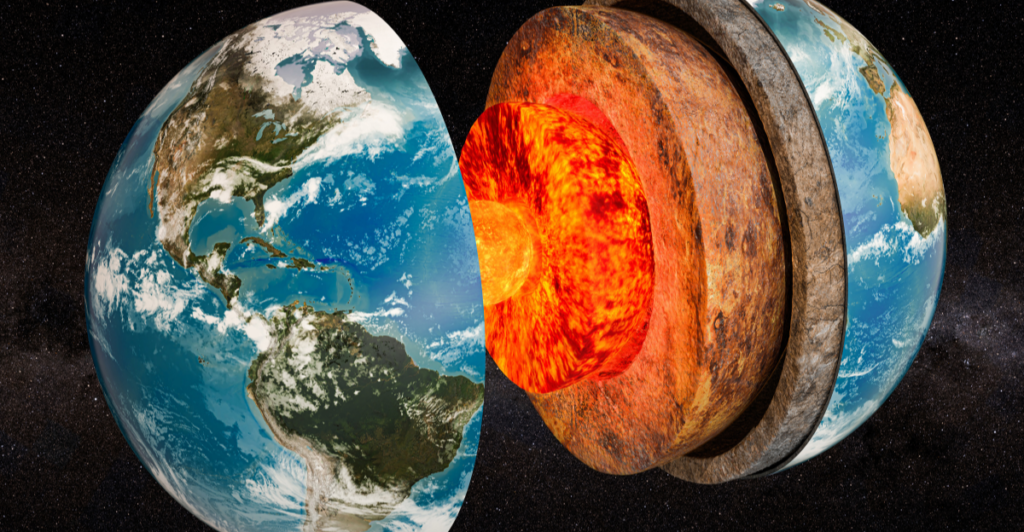
By studying ancient hotspots and their influence on the crust, scientists gain insights into the processes that shaped Earth’s surface over hundreds of millions of years. These findings underscore the interplay between deep mantle dynamics and surface geology.
A Map of the Hotspot’s Path
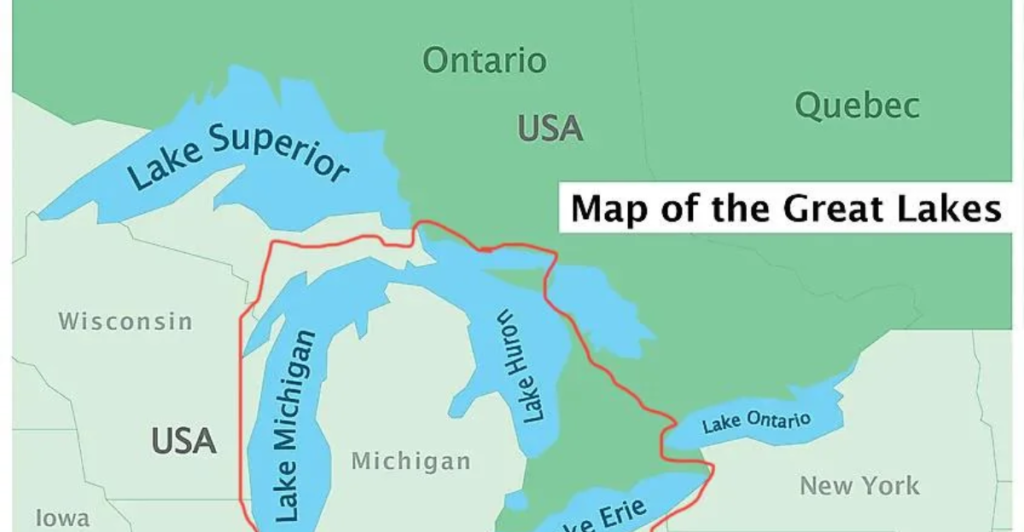
A map of North America overlaid with the Cape Verde hotspot’s historical trajectory, provides a visual representation of its journey. This track aligns with the seismic anomalies observed under the Great Lakes, reinforcing the link between the hotspot and the region’s unique characteristics.
The Great Lakes as a Geological Legacy
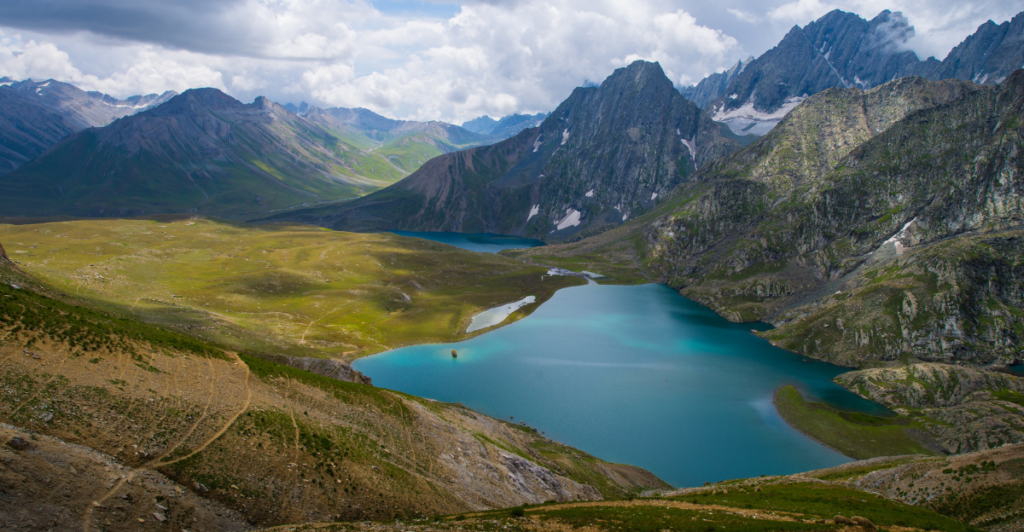
The Great Lakes stands as a testament to the forces of nature that have shaped our planet. From the heating and stretching of the crust by an ancient hotspot to the carving action of glaciers, these lakes embody a geological story that began over 300 million years ago. Scientists continue to uncover the mysteries behind their formation, offering a deeper understanding of Earth’s history.
Discover more of our trending stories and follow us to keep them appearing in your feed

Colossal American Impact Crater Found—Three Times Bigger Than the Grand Canyon
Deepest Hole On Earth Permanently Sealed After 2 Billion Year Old Discovery
12 Mysterious Underwater Forests Lurking Beneath Lakes
Scientists Discover New Ecosystem in Antarctic Lake Hidden Beneath the Ice
References:
Scientists find hidden ‘hotspot’ that helped create the Great Lakes before North America even existed
Scientists find evidence that ancient ‘hotspot’ played major role in formation of Great Lakes
Stay connected with us for more stories like this! Follow us to get the latest updates or hit the Follow button at the top of this article, and let us know what you think by leaving your feedback below. We’d love to hear from you!




